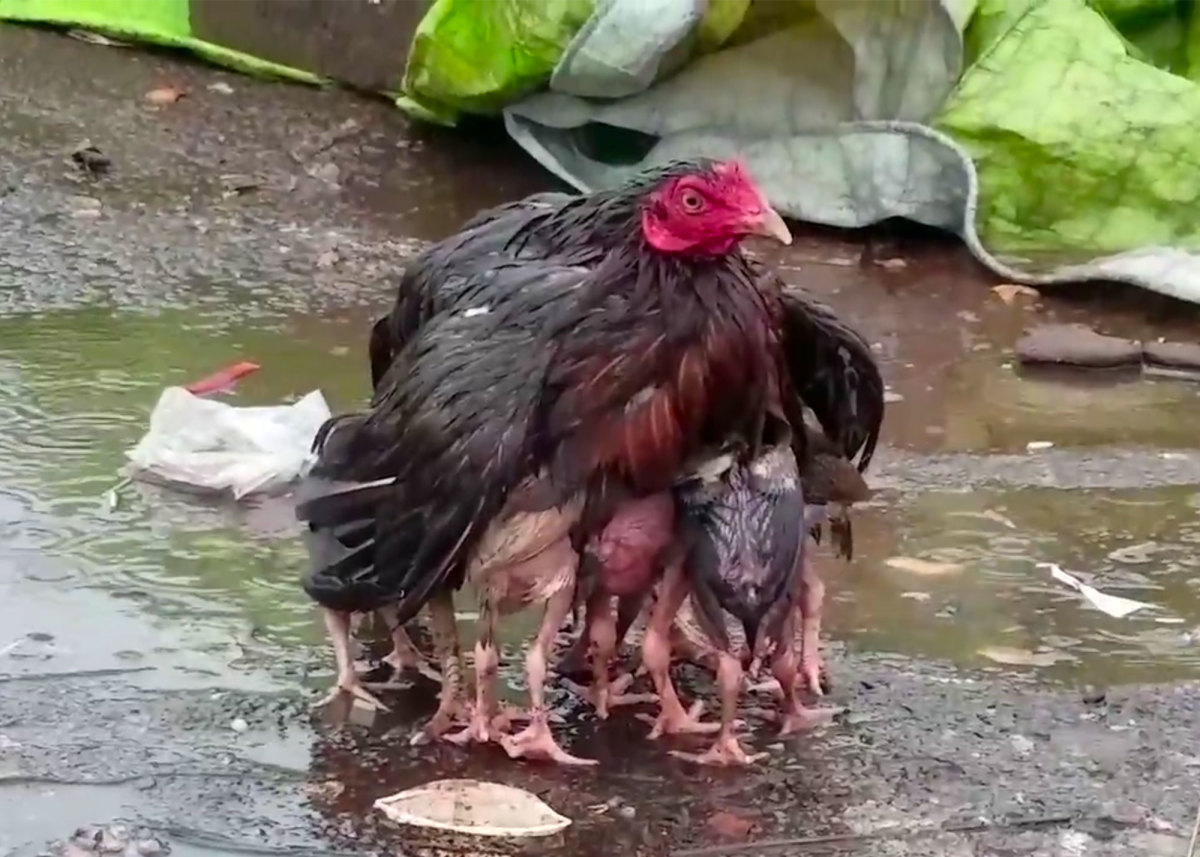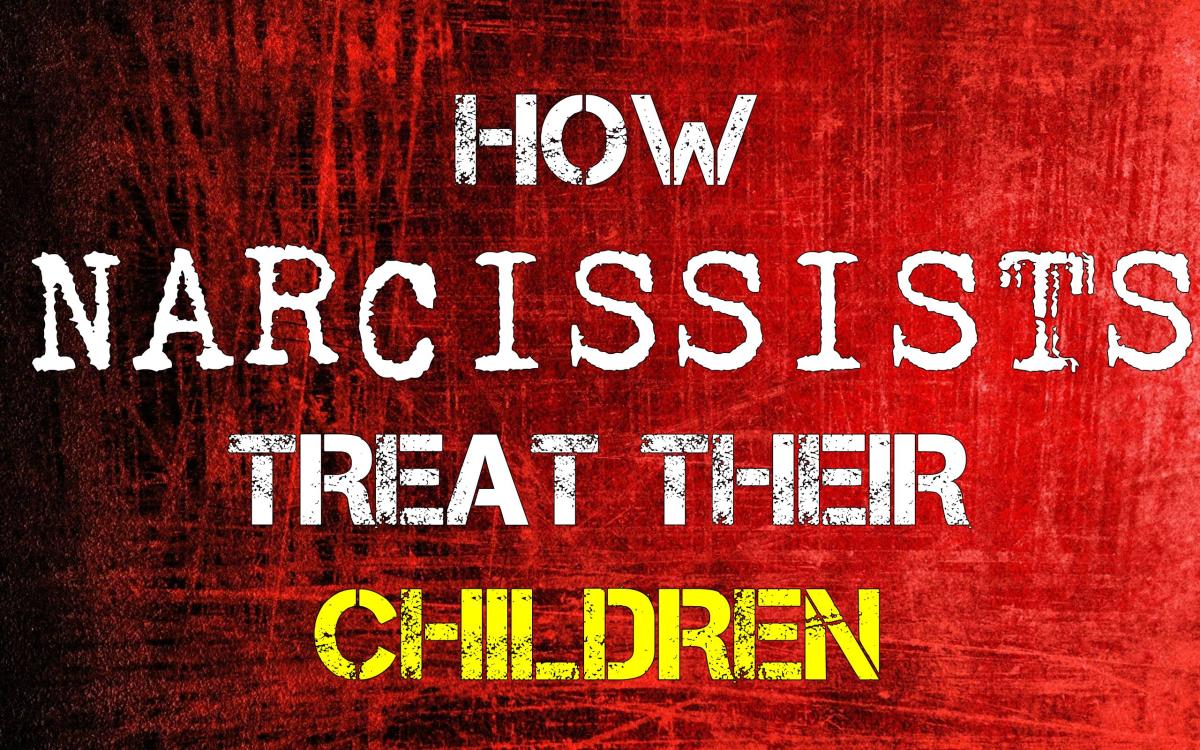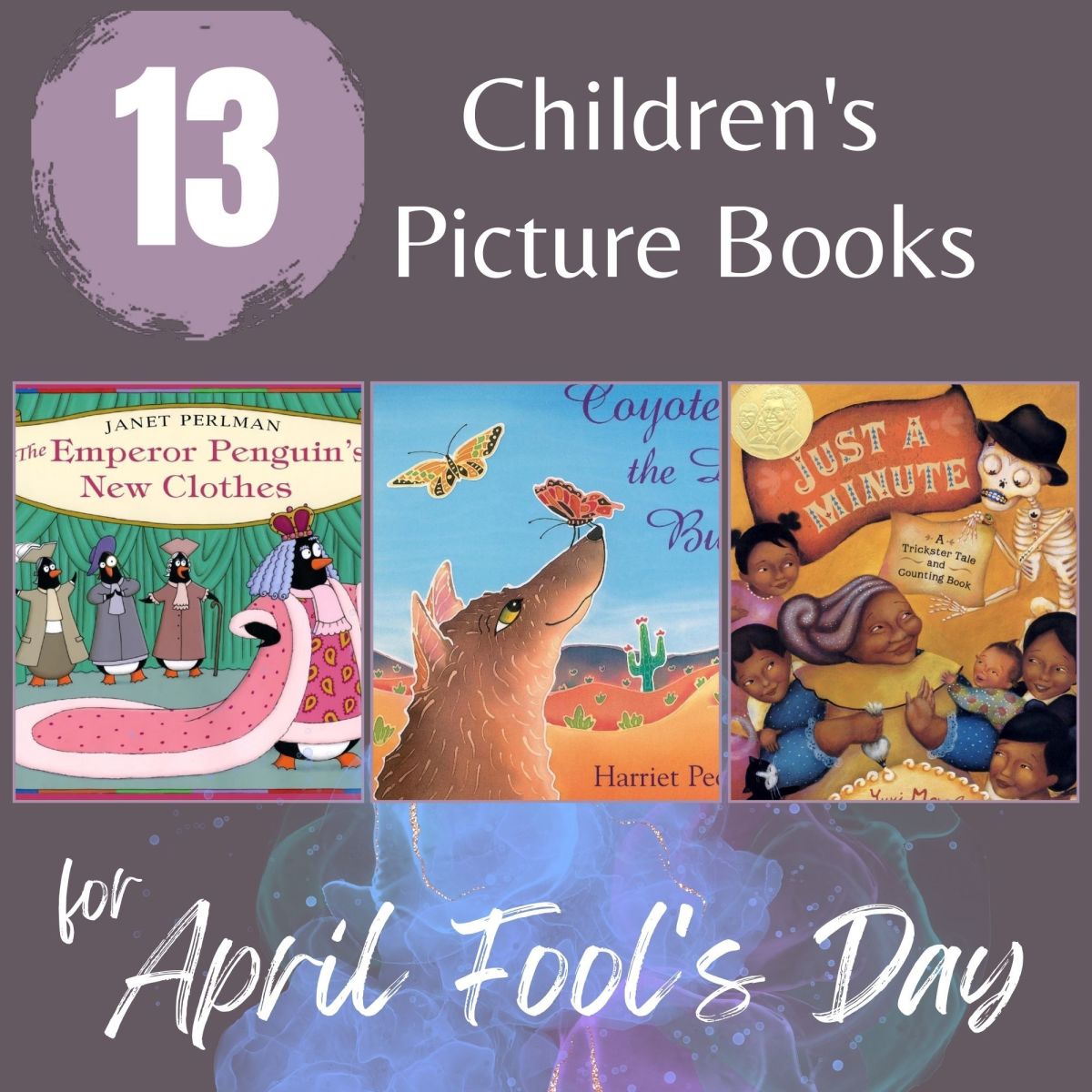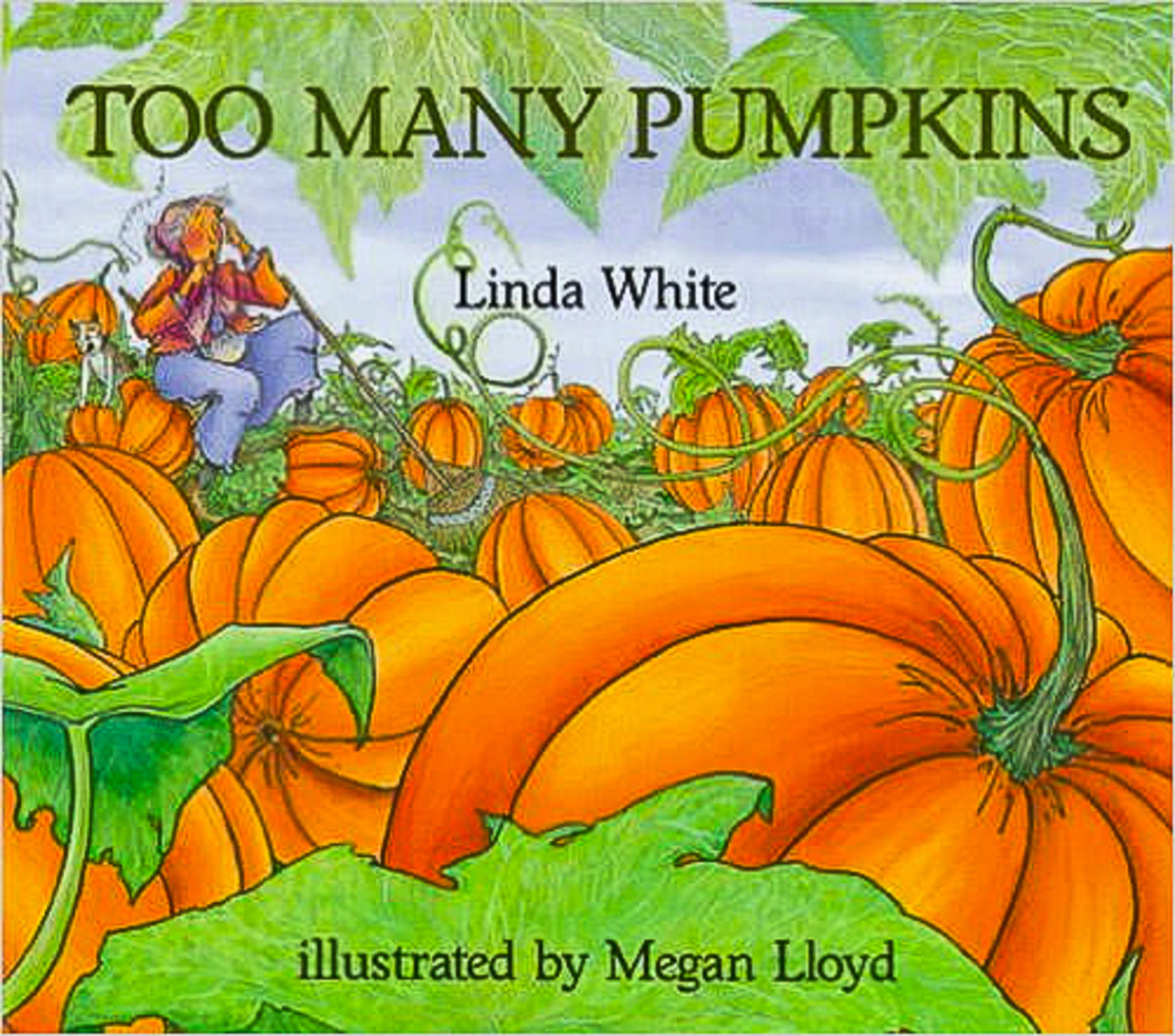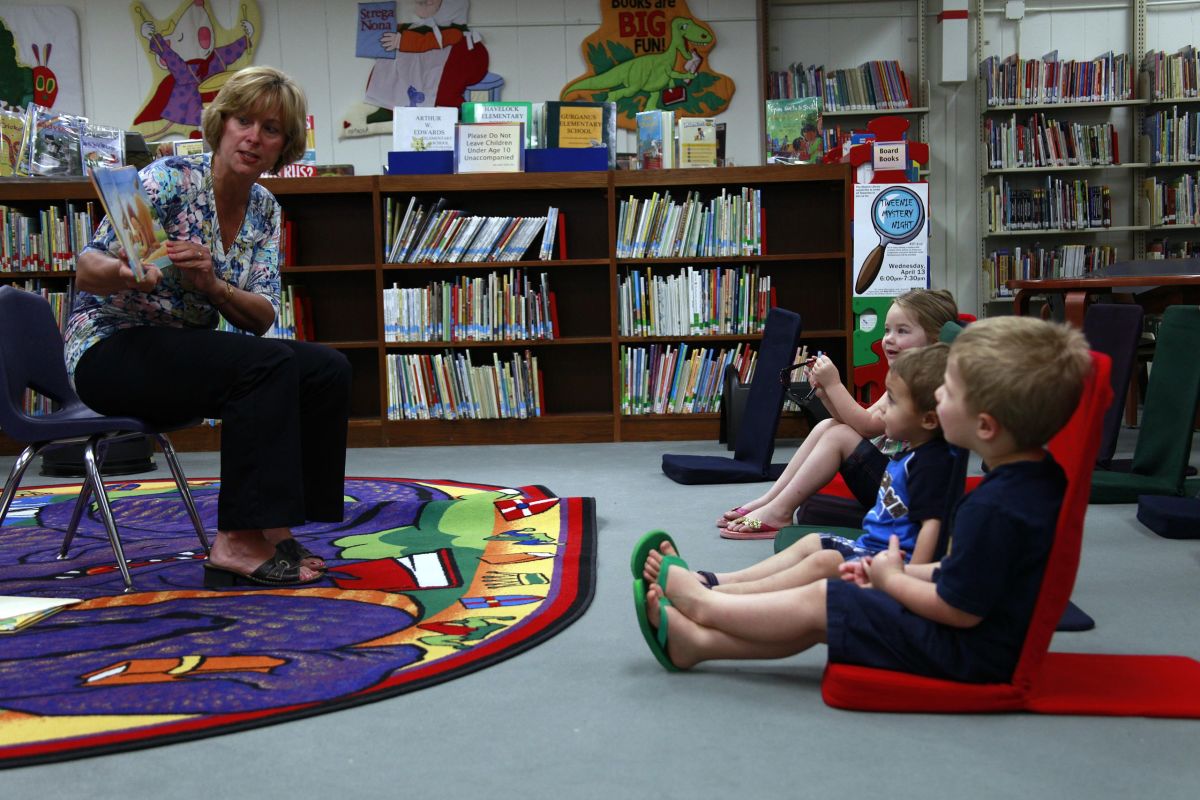- HubPages»
- Books, Literature, and Writing»
- Books & Novels»
- Children's Books
The Psychology of Friendship and Sharing for Preschool Children Age 4-5 Years


As children grow and become conscious about themselves and their environment, their skills of interaction with others also grows. The children’s peers and friends enhance their experiences of which no other person can provide. This is because these peers interact on the equal level; they converse freely, cooperate and play together. The children develop friendship through their peers and this gradually evolves into special relationships. The special relationships for these children are established by attachments and the general interests of which these children exhibit (Berk, 2012). It can be arguably discovered that friendship and the children’s peers are not only crucial in developing the children’s social harmonization skills but also affects their academic progress. Activities which are based on cooperation and collaboration post a much more influence on these children’s cognition and psychological skills.
Friendship and Social Development for Children aged 2-5
The more children continue to grow, the more they would like to interact with one another. According to Parten (1932), social development in children begins in three steps: a) Non social activity which can also be described as observer or lone play. b) From there, it develops into a parallel play, which is a limited form of social interaction. The child under this stage may be seen playing next to other children with similar playing toys or tools but may not join or influence their activities. c) The next step is the real social interaction which involves interactive play with other children. The children may involve themselves in different activities but can exchange their toys and remarks about one another’s character. Lastly, in interactive play, which is a sophisticated form of interaction, children work together to achieve a common goal, for instance, playing a make believe game (Parten 1932).
In the age of 4-5, some children portray an assortment of characters, intelligence, and autonomy and sociability aspects during these years. Their autonomy is influenced by consistent cooperation and conformity (Murphy and Moriarty, 1976). The children in this case are found to be responsible to one another, friendly, collaborative and exhibit a positive sense of their consciousness. The children at this stage are not gender sensitive in the sense that male children have deeper and assertive expressions, high sociability stance and that they are more demonstrative than their non resilient counterparts. Resilient male children appear more coordinated and not timid. They are also interested in exploring their environment (Murphy and Moriarty, 1976).
Toddlers employ parallel play as away station. To effectively join their peers in the ongoing activities and plays, they first involve themselves in the parallel play next to the other peers, they then gradually move into the other group and join their activities. This strategy in most cases improves their chances of being accepted by the other peers. Later, the children may turn back to their parallel play as a break from the extensive requirement in the complicated social interactions and also a bridge to performing new activities. Although non social activities decreases as the ages of the kids increase, it is found to be the most consistent system among children aged 3 and 4 years. Among toddlers, it constitutes around one third of the children’s playtime. Both parallel and solitary play is still considered among children of 3-6years (Rubin, Fein, & Vandenberg, 1983).
In most cases, a parent or guardian may develop some worry for a child who likes being or playing alone. Even though not all such cases could be a cause to worry, certain elements of non social behaviors such as wandering aimlessly, hovering around their peers, immature or repetitive actions and so on should be a cause to worry about. Toddlers who act cautiously by watching others playing without developing an interest in joining them are become in most cases emotionally reserved and they also depict fearfulness in their social relations. Likewise, those who involve themselves in loneliness and cyclical beavoiurs such as banging blocks, making a doll jump and down seem to be immature and may find it hard to control themselves emotionally. Under this situation, parents should not particularly criticize their children’s behavior but should instead find ways of encouraging them into joining their social peers (Coplan et al. 2004).
For a child who exhibits some difficult in getting along with other children, there are several strategies which the parent can use in assisting the child. The parent or guardian could invite a child in his/ her home and give the children joint toys to play with. The parent guardian should hover nearby to act as a coach and give them direction on what they should do. The number of children should be increased gradually as the child adapts to the interaction process. This is because having one child for instance will be easier to manage during the interaction process than having several of them. It can also be suggested that the guardian organize a date with a bit older child who has developed social skills to act as a role model for the child. For a child with difficult in getting along with others, the parent should also observe with the toddler, other group of children plaiying and explain to him or her on what they are doing. In dong this, the parent will increase the child’s cognition with regard to the social aspects of the children (Wolfgang, 2004).
Sharing for Preschool Children
Most parents of toddlers are aware that although children may be developmentally capable of sharing, they in most cases are unwilling to do so. Although sharing may be noted to be an important aspect for somehow older children and adults (or so its hoped), children under the age of 4-5 years are beginning to appreciate the importance of sharing what they have than keeping it to themselves. Children are getting to learn on how to make others feel happy so as to foster the friendship generated. It is highly acknowledged that some preschool children are possessive on their belonging and many are not willing to share them, hence they may be occasionally having confrontations with one another regarding the disputes of f their properties. But what is more important for these toddlers are for them to be taught on why it is important to share whatever they have.
PFister, (1992) portrays this aspect on the value of sharing in the children book he called the ‘Rainbow Fish”. This book talks about a certain fish that was more beautiful than others in the whole ocean. The essence of beautifulness for this fish was due to the fact that it had what it considered as a valuable silver scale than the rest of the fish. The other fish admired him each time he passed by and he was really proud of that. Consequently, another blue fish decided to borrow some of Rainbow’s scale but he could not offer any. Upset, the other fish went away and told the other colleagues what had befallen him. This actually frustrated the others who decided to alienate Rainbow from their company. This became a source of his nightmare as no one could admire him or wanted his company despite his valuable scales. As such he became very lonely and suffered desperation as a result this isolation. Rainbow observed that the only thing to make him happy was to be accepted in the others company, and there is no way he could accepted if he kept the valuable scales to himself, hence he decided to distribute them to all and sundry, as such, he was welcome to the other group and therefore became happy.
This story can teach children a lot of aspects in relation to sharing ones belonging with each other, that when one shares with others, then he or she will be accepted but when he keeps things to himself others will reject him and therefore alienate him from their company.
In instilling this aspect of sharing to these children, parents have a great responsibility to act as role models for them. This is because children at this level have high imitation power and they will imitate what they see their parents doing. Educating a child about being generous will not influence him much if he finds the parent to be stingy towards other people. Hence, parents must utilize every opportunity they have in emphasising to these children the worth of being generous to others. Practical aspects under such circumstances such as inviting another child to share with the child’s sandwich will also do. A parent or guardian can also decide to send his or her preschool child to a day care centre for instance with a number of snacks and order him to divide with the other children in this centre. These are quality ways o f instilling the value of sharing for these children.
Conclusion
As toddlers mature, they also develop different perspectives with regard to their environment. They develop the aspect of independence and put their focus on the older persons and children not part of their family members. At this stage, the children would want to make explorations and are very inquisitive on whatever happens in their surroundings. Their social relations with members of the family, their peers and other older people will ultimately determine and or form their character aspects and their own way of judgment and behaviour. The children’s peers are not only important in developing their social harmonization but also affect their academic progress as well. Activities which are based on cooperation and collaboration post a much more influence on these children’s cognition and psychological skills.
Lastly, children should be made to understand the value of sharing. This is because it is an important aspect not only for their social life but also for humanity. It is virtually logical that in teaching children to be kind, parents should be kind themselves. Many parents actually lack this aspects thus posing as poor role models to these children.

